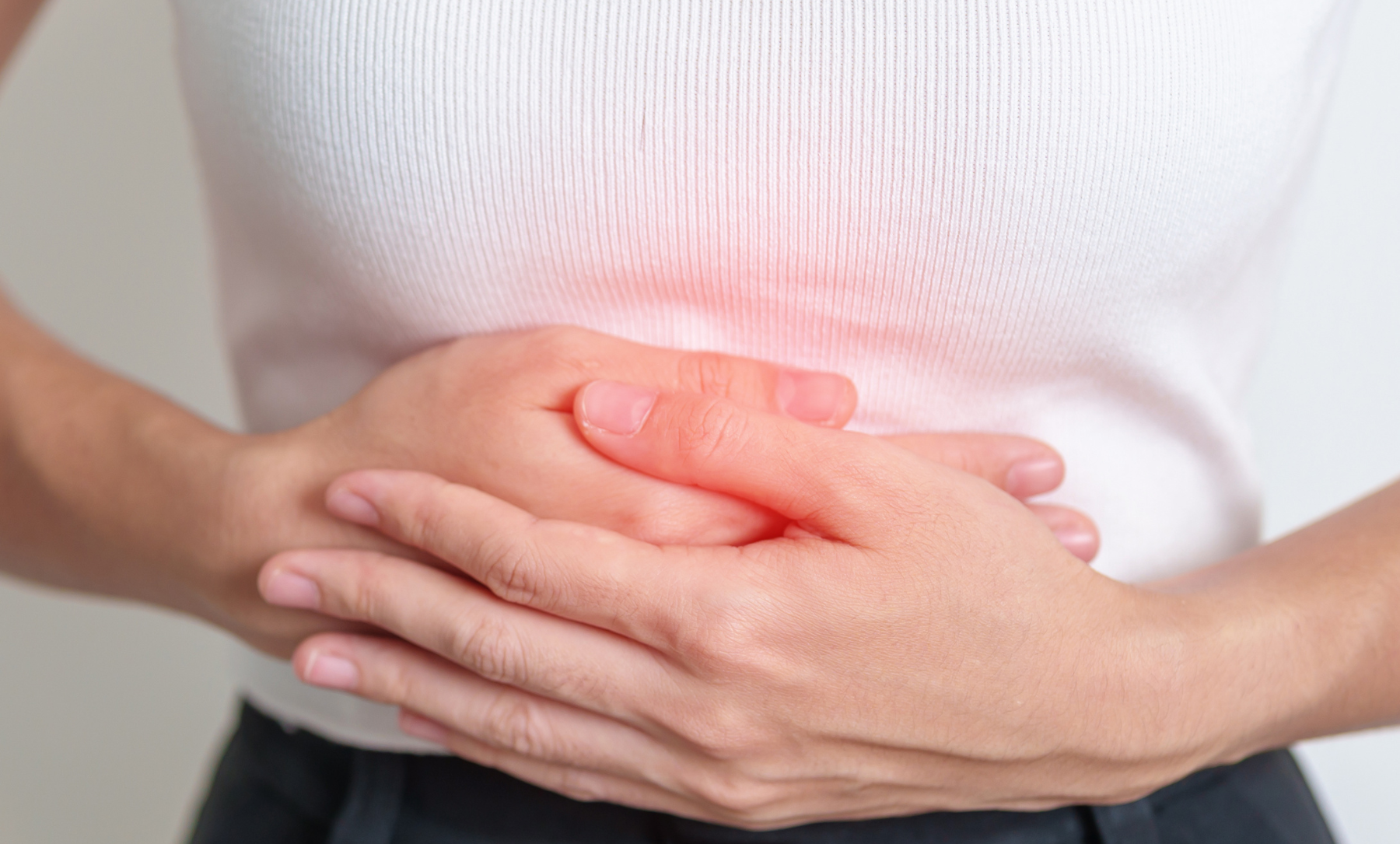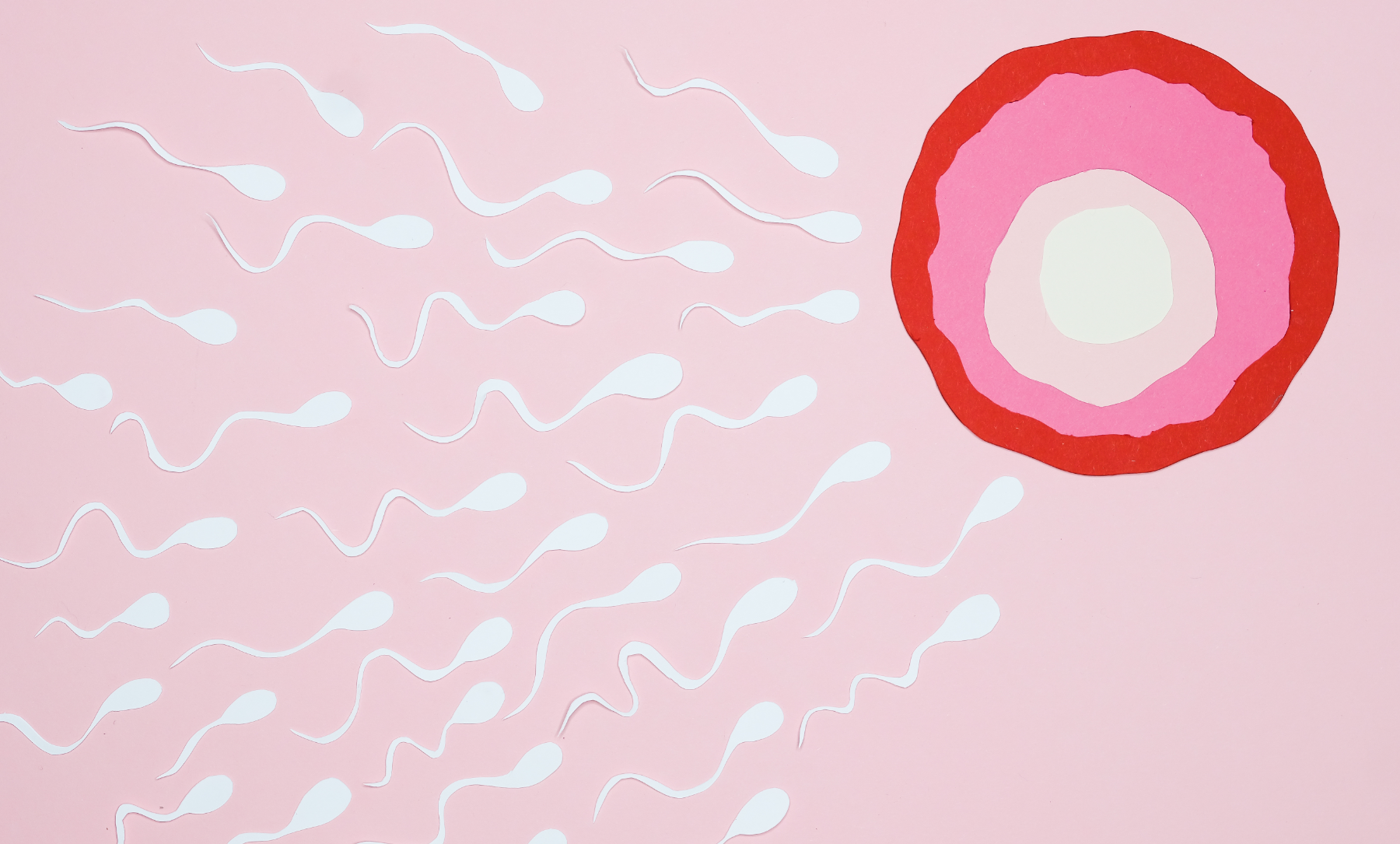What Are Fibroids? Symptoms, Causes, and Nutrition Tips

What are Fibroids?
Fibroids are non-cancerous growths that develop in or around the uterus (uterine fibroids) or in the breast tissue (breast fibroids). Though benign, they can cause significant discomfort and complications depending on their size, location, and number.
Uterine Fibroids
Uterine fibroids, also known as leiomyomas or myomas, are composed of smooth muscle cells and fibrous connective tissue. They vary in size, from tiny, undetectable masses to large tumours that can distort the uterus.
Symptoms of Uterine Fibroids include:
- Heavy menstrual bleeding
- Prolonged menstrual periods
- Pelvic pain and pressure
- Frequent urination
- Difficulty emptying the bladder
- Constipation
- Backache or leg pains
Causes:
The exact cause of uterine fibroids is unknown, but several factors are believed to influence their development:
- Hormones: A hormonal imbalance happens when you have too much or too little of one or more hormones - your body’s chemical messengers. It’s a broad term that can represent many different hormone-related conditions. Relating to fibroids, we normally consider an imbalance between oestrogen and progesterone, which left unbalanced can promote the growth of fibroids.
- Genetic Changes: Mutations in certain genes may play a role.
- Extracellular Matrix (ECM): Fibroids contain more ECM, which makes them fibrous.
- Growth Factors: Substances that help the body maintain tissues may affect fibroid growth.
- Poor dietary and lifestyle habits, leading to hormonal and immunological issues.
Breast Fibroids
Breast fibroids, commonly known as fibrocystic breast changes, are benign lumps that can cause pain and discomfort. They are typically a combination of fibrosis (scar-like tissue) and cysts filled with fluid.
Symptoms
- Lumpy or rope-like breast texture
- Breast pain or tenderness
- Swelling and heaviness
- Cyclic changes in lump size and pain intensity
Causes
The exact cause of fibrocystic breast changes is not fully understood, but hormonal fluctuations, especially in oestrogen, play a significant role. These changes are most common in women of reproductive age.
In conclusion, fibroids, whether in the uterus or breast, are a common condition affecting many women. Although benign, they can significantly impact quality of life. Understanding the symptoms, causes, and treatment options is crucial for managing these conditions effectively. Regular medical check-ups and early intervention can help mitigate the discomfort and complications associated with fibroids.
Nutrition’s Role
Nutrition plays a crucial role in both preventing and managing fibroids, whether they are uterine or breast fibroids. The right diet can help regulate hormones, reduce inflammation, and improve overall health, which can contribute to reducing the risk and severity of fibroids. Here are several reasons why nutrition is important in the context of fibroids:
- Hormonal Balancing & Oestrogen Regulation: High levels of oestrogen are associated with the growth of fibroids. Certain foods can help balance oestrogen levels in the body. For example, increasing the intake of fruits, vegetables, and whole grains, which are high in fibre, can aid in the elimination of excess oestrogen through the digestive system.
- Phytoestrogens: Found in foods like flaxseeds, soybeans, and legumes, phytoestrogens can help regulate oestrogen levels by binding to oestrogen receptors, potentially reducing the impact of excess oestrogen.
- Anti-Inflammatory Effects: Omega-3 Fatty Acids: Found in fish (such as salmon and mackerel), walnuts, and flaxseeds, omega-3 fatty acids have anti-inflammatory properties that can help reduce inflammation associated with fibroids.
- Antioxidants: Foods rich in antioxidants, such as berries, leafy greens, nuts, and seeds, can help combat oxidative stress and inflammation, which are linked to the development and growth of fibroids.
- Healthy Body Weight: Maintaining a healthy weight is important because excess body fat can produce more oestrogen, potentially leading to the growth of fibroids. A balanced diet low in refined sugars and unhealthy fats, and high in lean proteins, fruits, vegetables, and whole grains can help manage body weight effectively.
- Insulin Regulation: Diets high in refined carbohydrates and sugars can cause insulin spikes, which may influence oestrogen levels and contribute to fibroid growth. Consuming low glycaemic index foods like whole grains, legumes, and non-starchy vegetables can help maintain stable insulin levels.
- Liver Function & Detoxification: The liver is essential for detoxifying the body, including the metabolism and removal of excess hormones. Foods that support liver health, such as leafy greens, beets, lemons, and garlic, can enhance the liver's ability to process and eliminate excess oestrogen.
Proper nutrition is a key component in preventing and managing fibroids. By focusing on a diet that promotes hormonal balance, reduces inflammation, and supports overall health, individuals can potentially decrease the risk and impact of fibroids. Always consult with a healthcare provider or a nutritionist to tailor dietary choices to individual health needs and conditions.
In addition to a nutritious and healthy diet, there are other ways to support and treat both uterine and breast fibroids. Your healthcare provider should be consulted to discuss treatment options, which can vary from pain management and medications, to the removal of the fibroids themselves.




Comments